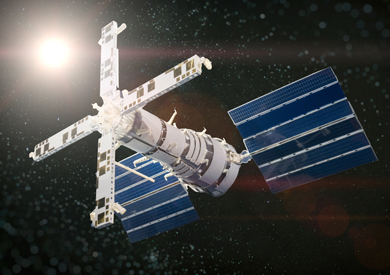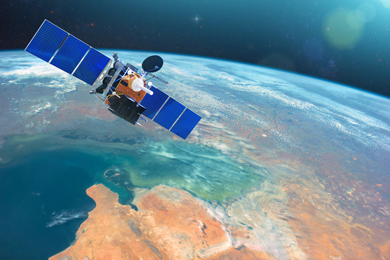The technology of drought monitoring using these remote exploration is studied all over the world, and the research and topics pursued by DRML are as follows.
Earth observations that include satellite, climate, oceanic, and biophysical data for efficient drought analysis and improved seasonal prediction
Improved modelling techniques to combine or integrate drought indices based on various drought indicators
Satellite-based soil moisture and evapotranspiration estimation
Remote sensing-based precipitation estimation and evaluation
Data mining and GIS applications to drought monitoring and prediction

